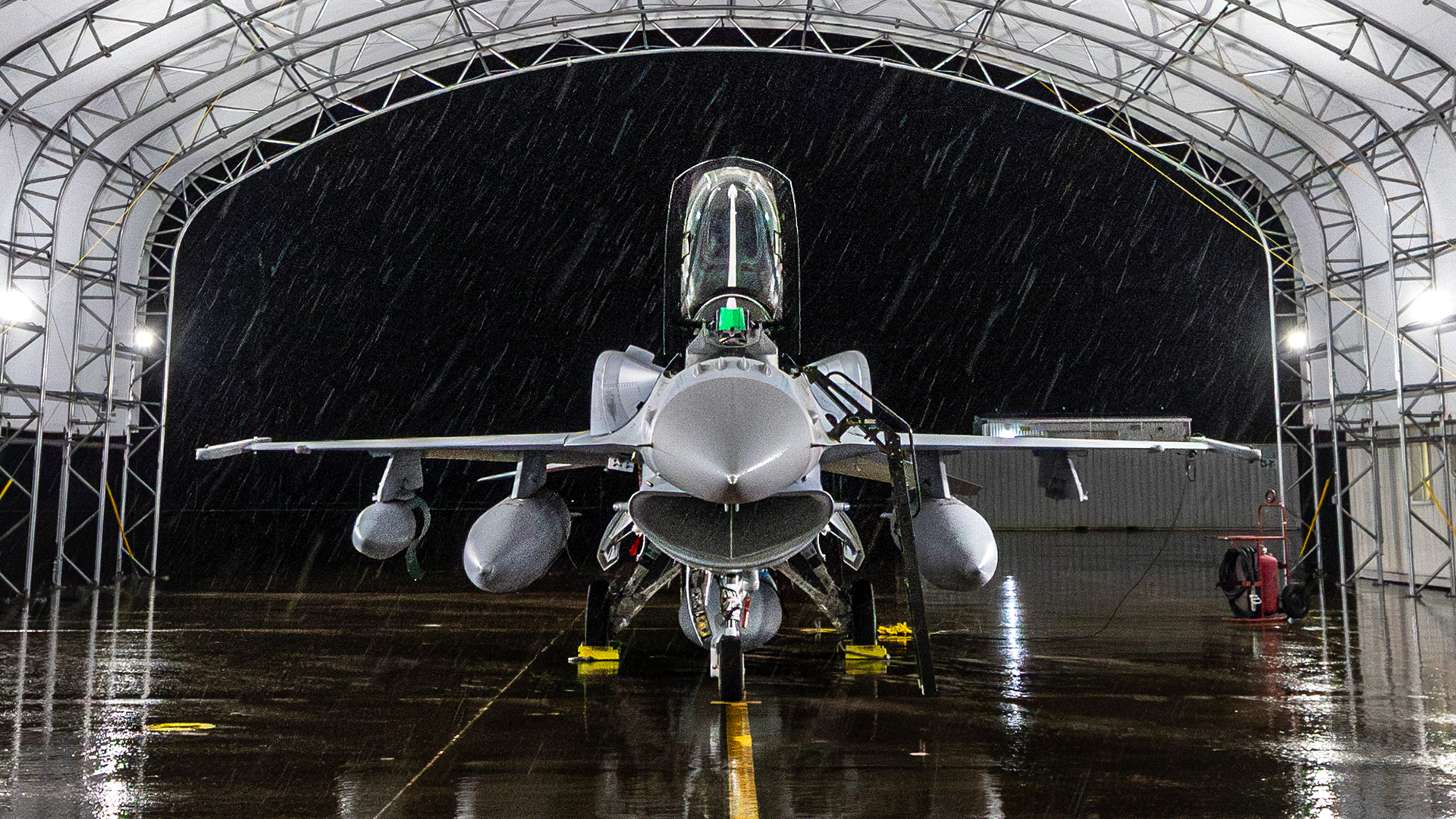The first Block 70 F-16C/Ds have left Lockheed Martin’s production facility and are headed on a long delivery flight that will cross a good portion of the globe. Their final destination is Bahrain, which has bought 16 of the advanced Vipers.
The delivery mission is a massive milestone for the F-16 line that was moved from its long-time home in Fort Worth, Texas to Greenville, South Carolina some time ago. There, F-16s are now built in a common, largely standardized configuration, and the order book is jammed-packed for years to come as demand for the most successful 4th generation fighter on earth only grows as it passes the half-century mark since its first flight.
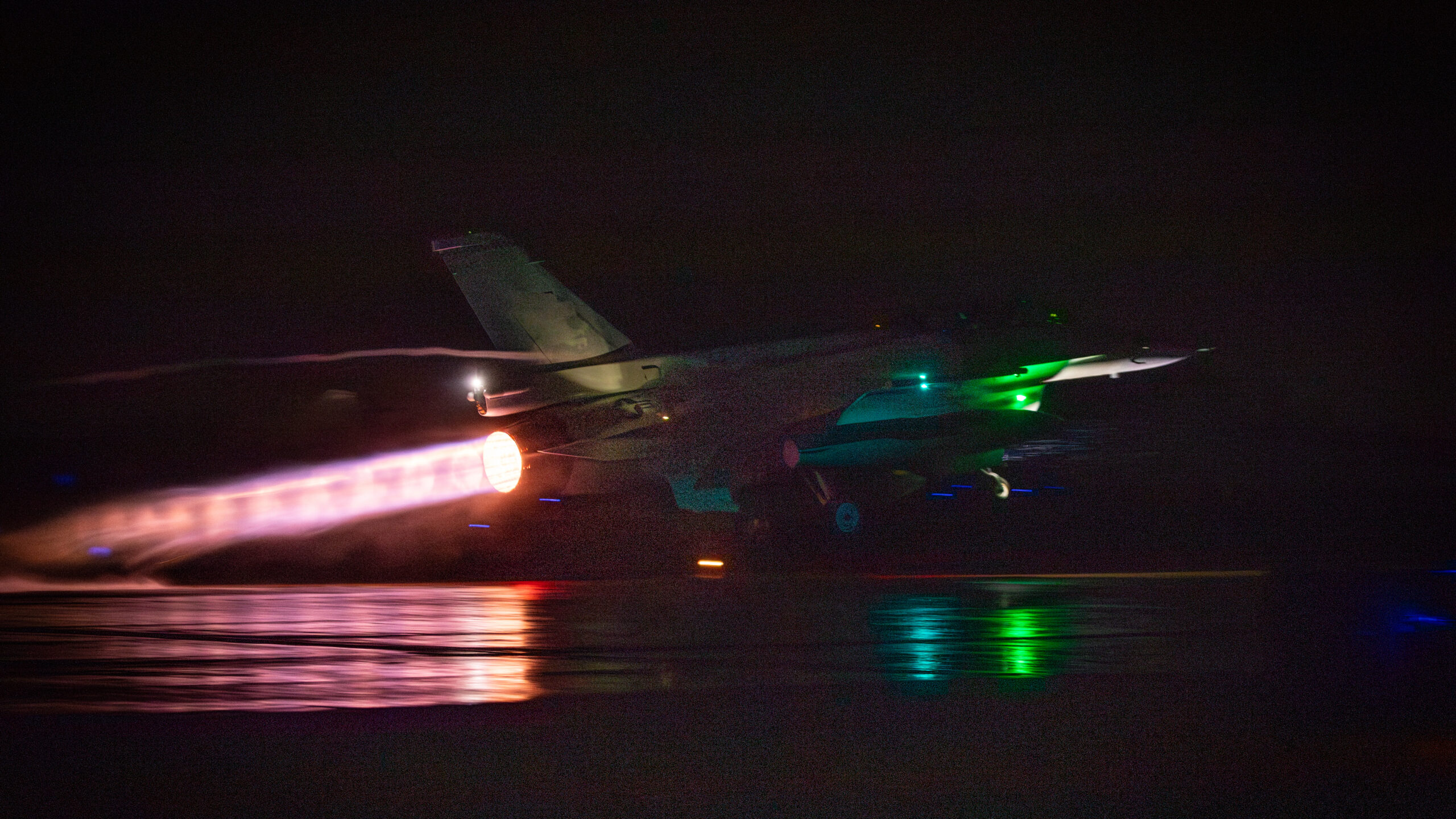
There are currently a pair of Block 70 F-16s undergoing flight testing at Edwards Air Force Base. Those jets will also eventually be delivered to Bahrain, which was the first Gulf state operator of the F-16.
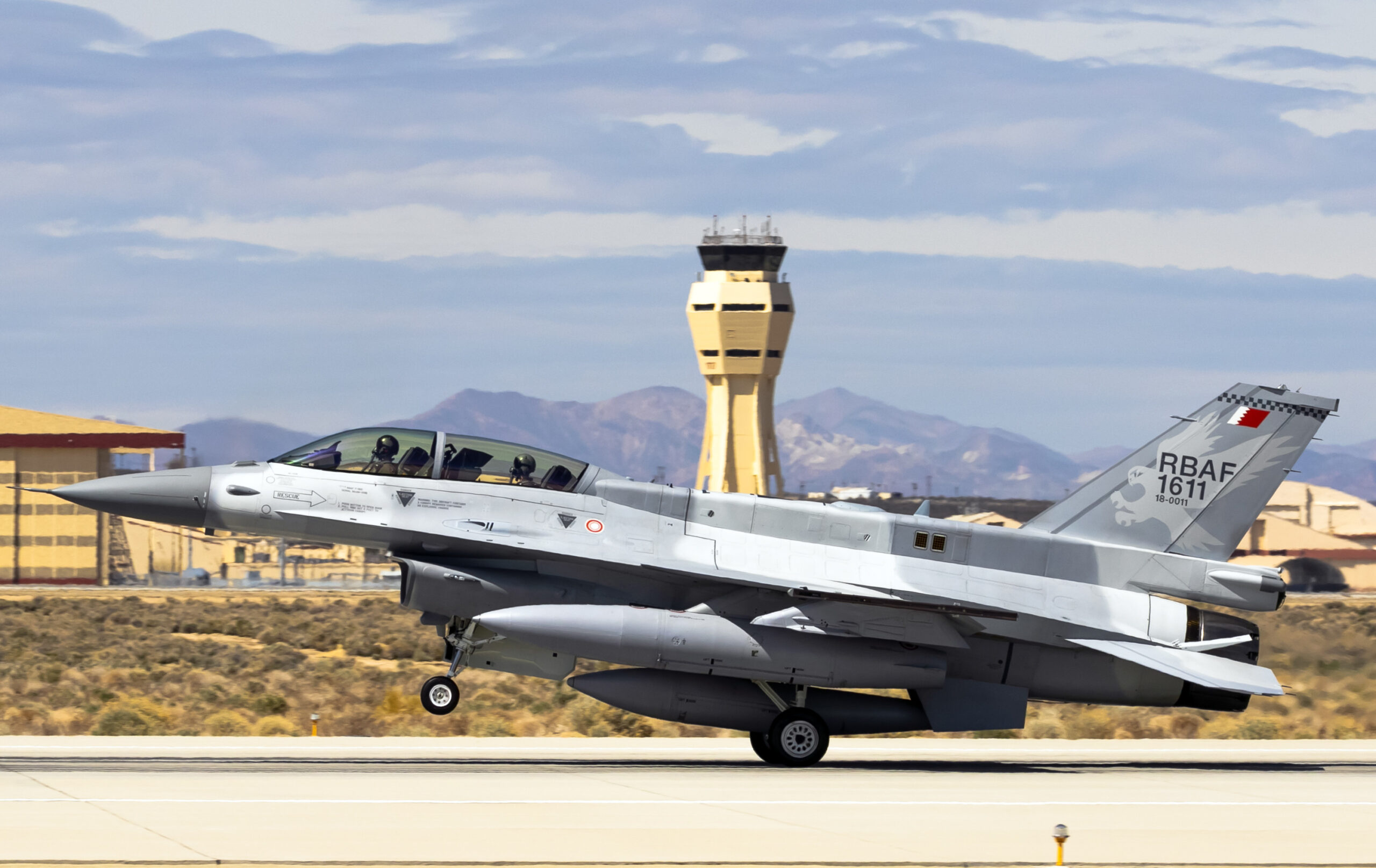
Bahrain originally received 22 F-16C/D Block 40 aircraft in two primary batches starting in the early 1990s under the Peace Crown I and II foreign military sales (FMS) programs.

The aircraft now on their way to Bahrain, two single-seat Block 70 F-16Cs and one two-seat F-16D, are vastly superior to their predecessors still on strength with the Royal Bahraini Air Force. They feature AN/APG-83 SABR active electronically scanned array (AESA) radars, upgraded cockpits with a wide panel pedestal display, conformal fuel tanks, a new ‘digital backbone’ including updated mission computers, 12,000-hour airframe life, and much more.
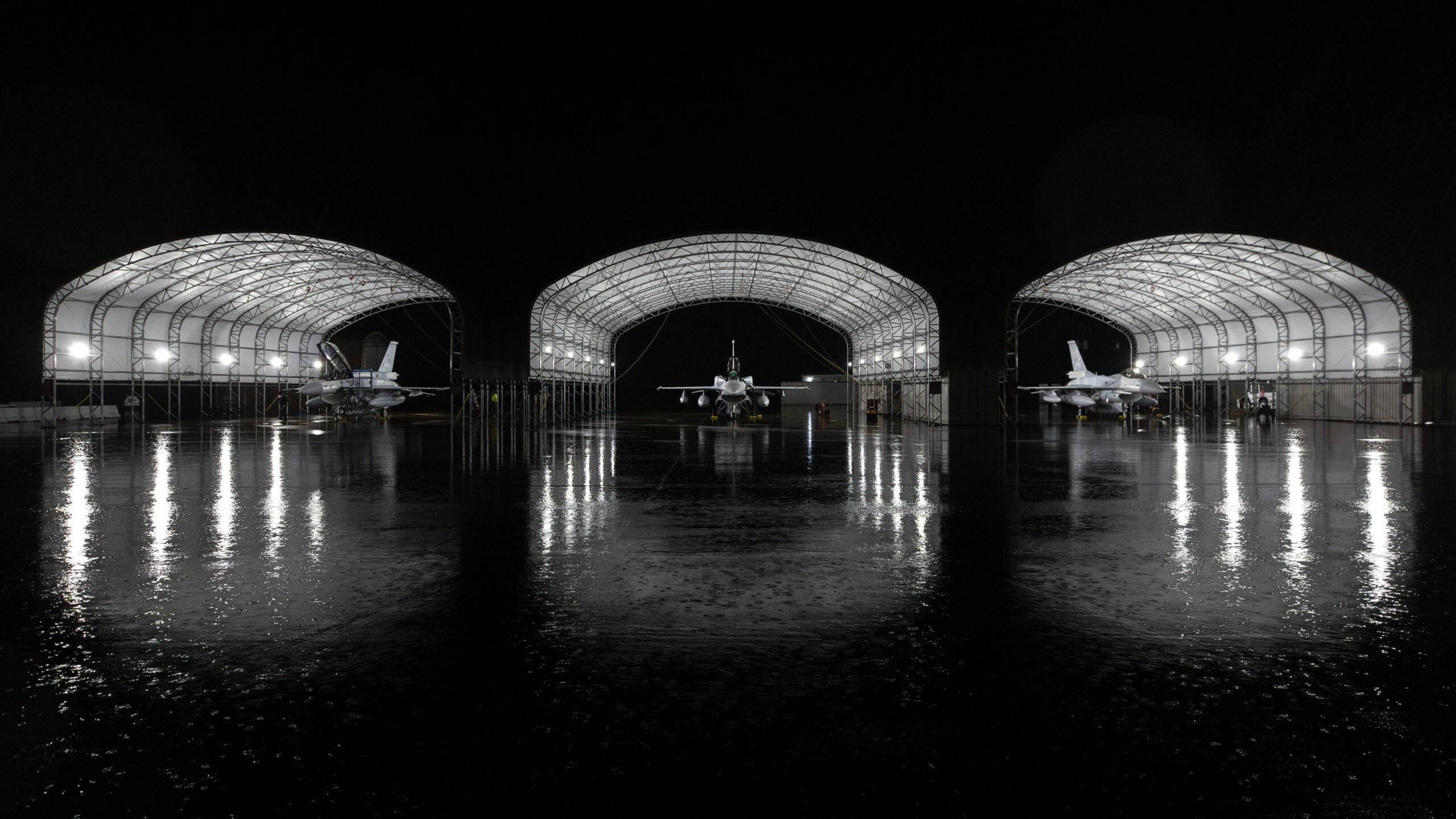
Once the new jets arrive in Bahrain, they will be the most advanced F-16s in the Persian Gulf, eclipsing even the unique Block 60 F-16E/Fs of the UAE in some ways. You can read all about the Block 70 F-16 and what it’s like to actually fly it in this past feature of ours.
As it sits now, the order book for new-build F-16s sits at 133 aircraft spread across six different countries, according to Lockheed Martin. Around 20 will be delivered this year and more orders are likely to come, with the potential for hundreds more.
50 years on, the F-16 remains in high demand, especially in its ultimate form, which brings a level of maturity, low-risk, and global support to potential users that few other fighters can come close to competing with. Lockheed Martin notes that there are still over 3,100 F-16s operating with 25 air arms around the globe. With so many jets already out there, that fact that operators new and old want more of them is a testament to the F-16’s now iconic design.
UPDATE: 12:30PM 3/7/24
We have shots from William Jardim of the three Block 70 Vipers recovering at Moron Air Base in Spain as they continue on their journey to Bahrain. As is standard operating procedure for FMS fighter deliveries, the aircraft wear USAF insignia until they are officially handed over to the customer at their destination.
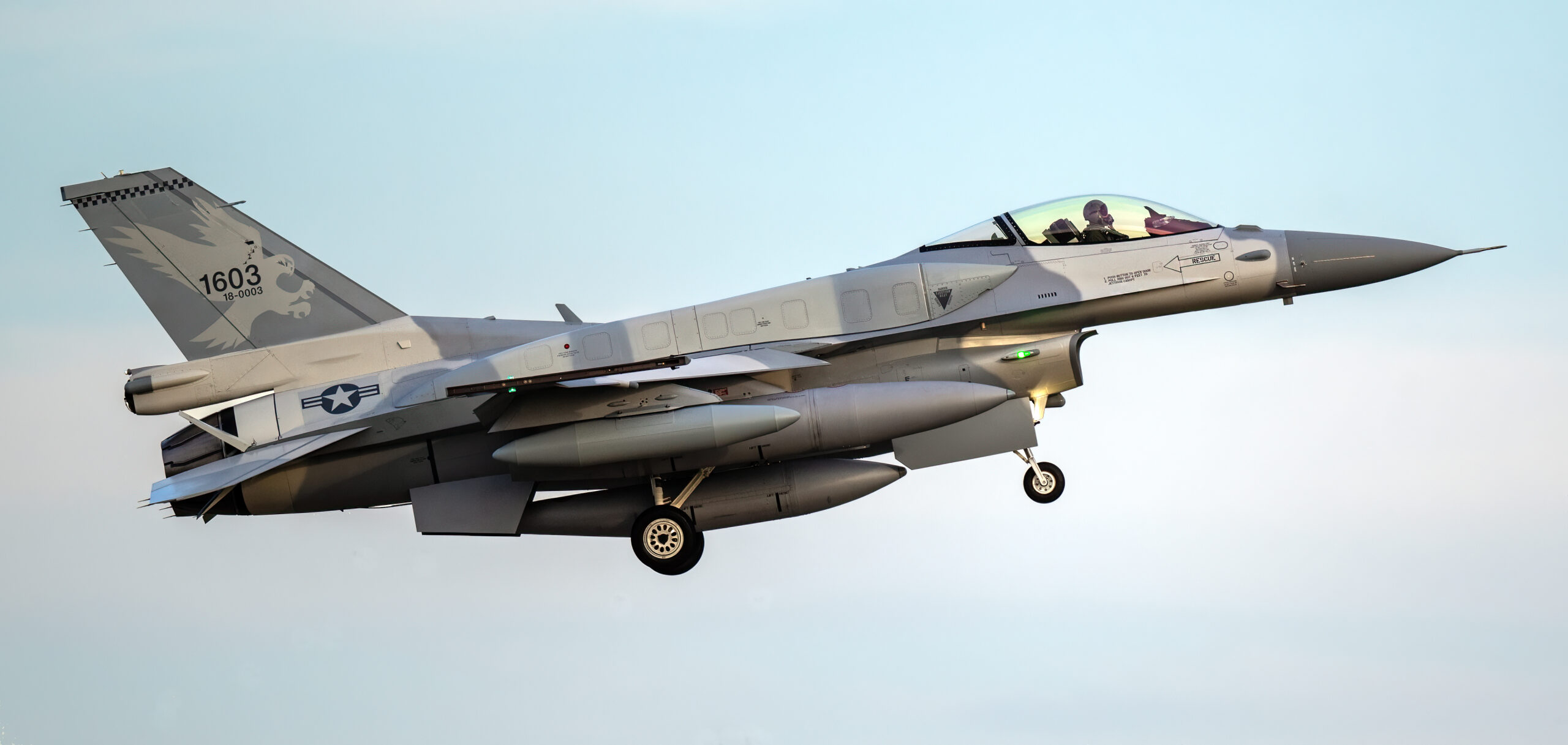

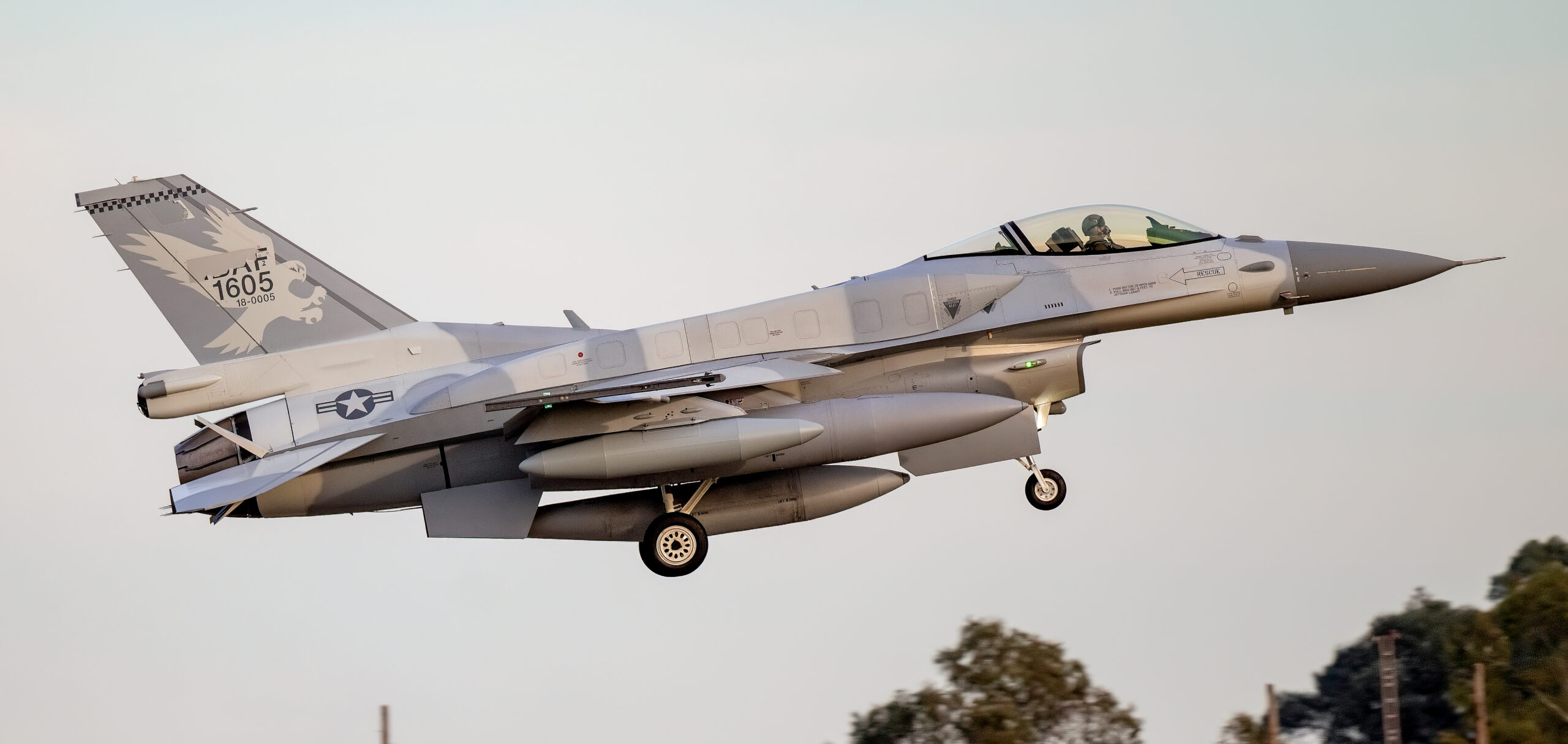
Contact the author: tyler@twz.com
